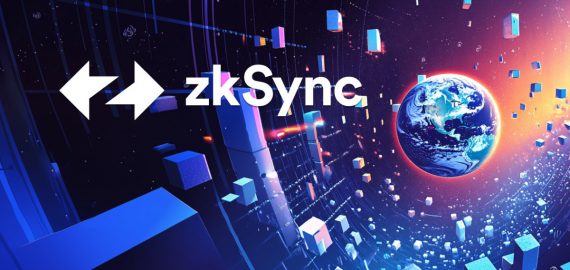Ethereum’s Fusaka Upgrade Undergoes Second Test On Sepolia Ahead Of Hoodi Network Trial


In Brief
Ethereum is advancing its Fusaka upgrade, running a second test on Sepolia with a final Hoodi rehearsal planned, aiming to reduce costs for institutional users through targeted data verification.

Ethereum developers have initiated the second test of the Fusaka upgrade on the Sepolia network, following a successful trial on the Holesky network two weeks earlier. A final rehearsal is scheduled for the Hoodi network on October 28th, after which the team will announce the official date to implement Fusaka on Ethereum’s mainnet.
Fusaka arrives only a few months after Ethereum’s Pectra upgrade in May 2025 and is primarily aimed at reducing costs for institutional users of the network. A key feature of the upgrade, PeerDAS, enables validators to verify specific portions of data instead of entire “blobs.” This targeted verification reduces bandwidth requirements and lowers operational costs for both Layer 2 networks and validators.
The upgrade also includes proposals to increase the block gas limit from 30 million to 150 million units, allowing the network to process a higher number of transactions. Other improvements feature the integration of Verkle Trees, which optimize data storage by enabling smaller proof sizes, and enhancements to EVM performance that accelerate smart contract execution.
Fusaka’s Activation On Mainnet Set For December 3: Focused Backend Enhancements To Boost Scalability And Network Efficiency
Unlike the Pectra upgrade, which introduced more visible changes such as account abstraction and increased staking limits, Fusaka focuses on backend improvements. It bundles a total of 11 Ethereum Improvement Proposals, including EIP‑7594 for PeerDAS, EIP‑7825 for Spam Resistance Checks, EIP‑7823 for MODEXP Parameter Limits, EIP‑7883 for MODEXP Gas Cost Adjustments, EIP‑7892 for Blob Parameter‑Only Forks, EIP‑7917 for Deterministic Proposer Lookahead, EIP‑7918 for Blob Base Fee Bound, EIP‑7934 for RLP Execution Block Size Limit, EIP‑7935 for Default Block Gas Limit, EIP‑7939 for the CLZ Opcode, and EIP‑7951 for the secp256r1 Precompile, among others. The upgrade emphasizes scalability, node efficiency, and network resilience while leaving smart contracts unaffected.
By excluding heavier proposals such as EIP‑7907 and the EVM Object Format from this fork, developers have maintained Fusaka’s focus and testability. The result is intended to be a stable hard fork that delivers essential backend improvements without disrupting decentralized applications, exemplifying the incremental, precision-driven approach that Ethereum co-founder Vitalik Buterin has consistently advocated.
In a latest Ethereum core developers meeting, builders have scheduled the launch of the Fusaka upgrade on the mainnet for December 3rd.
After Fusaka, Ethereum’s next major upgrade is anticipated to be Glamsterdamin 2026, which is expected to concentrate on additional scalability improvements, including the full implementation of the EVM Object Format and reduced block times for faster transaction processing.
Disclaimer
In line with the Trust Project guidelines, please note that the information provided on this page is not intended to be and should not be interpreted as legal, tax, investment, financial, or any other form of advice. It is important to only invest what you can afford to lose and to seek independent financial advice if you have any doubts. For further information, we suggest referring to the terms and conditions as well as the help and support pages provided by the issuer or advertiser. MetaversePost is committed to accurate, unbiased reporting, but market conditions are subject to change without notice.
About The Author
Alisa, a dedicated journalist at the MPost, specializes in cryptocurrency, zero-knowledge proofs, investments, and the expansive realm of Web3. With a keen eye for emerging trends and technologies, she delivers comprehensive coverage to inform and engage readers in the ever-evolving landscape of digital finance.
More articles

Alisa, a dedicated journalist at the MPost, specializes in cryptocurrency, zero-knowledge proofs, investments, and the expansive realm of Web3. With a keen eye for emerging trends and technologies, she delivers comprehensive coverage to inform and engage readers in the ever-evolving landscape of digital finance.


















































